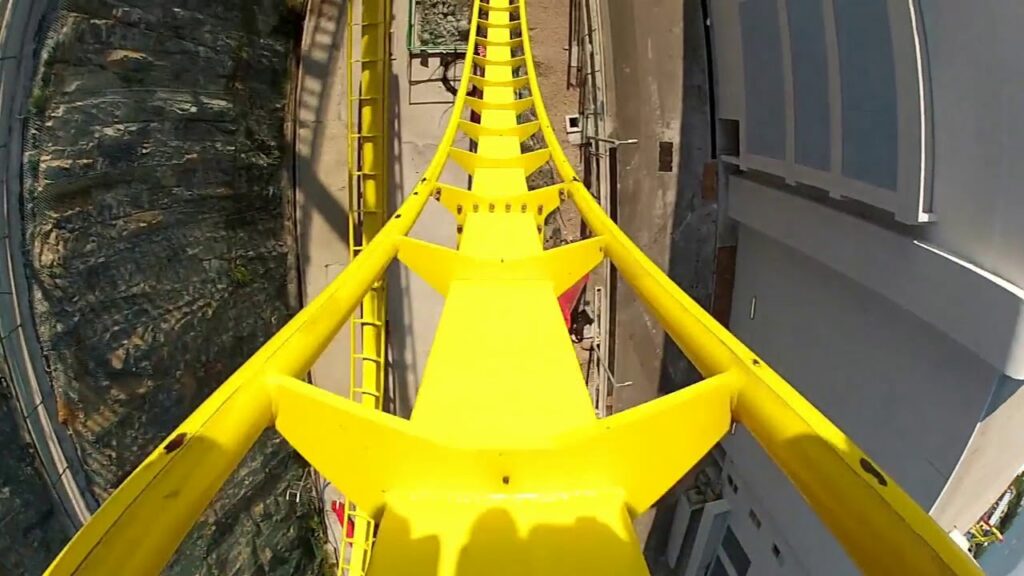
CourseworkEducational TechnologyGamified LearningITI690 Inspired Teaching InquiryNational UniversityProject-Based Learning
Annotated Bibliography: Gamified Project Based Learning (GPBL) – Week 1
The purpose of this assignment is...
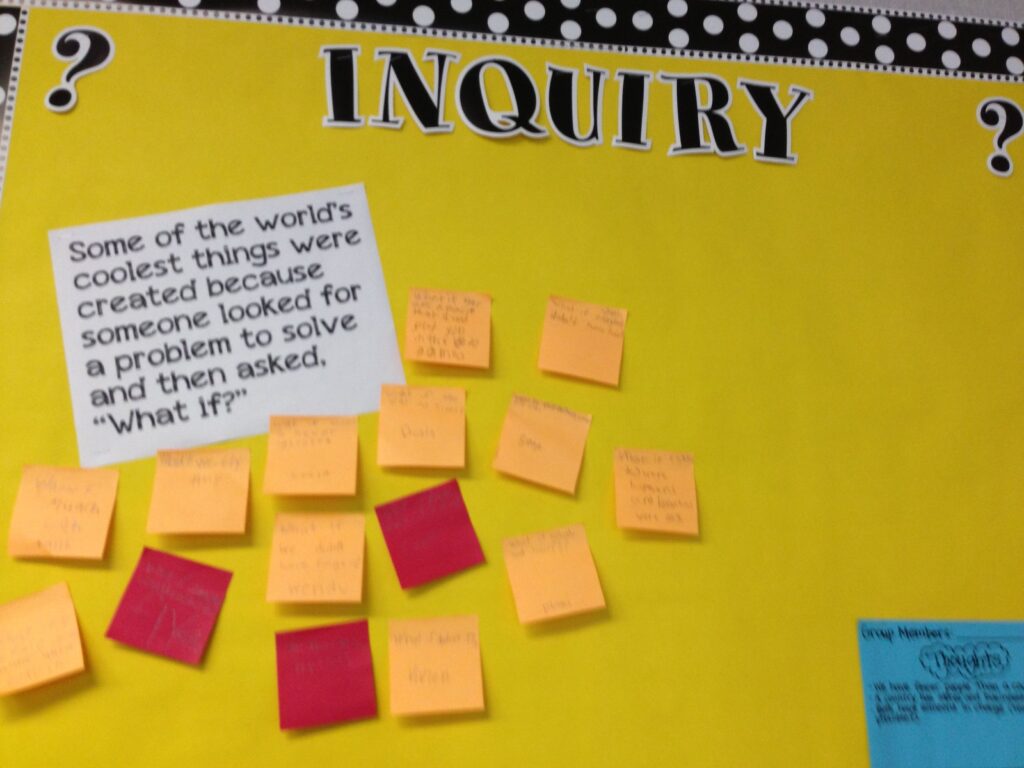
Action Research in EducationCourse DescriptionsEducational TechnologyInspired Teaching PracticesITI690 Inspired Teaching InquiryNational University
ITI690 Inspired Teaching Inquiry
Course Description Covers current theories and...

Course DescriptionsEducational TechnologyInclusive EducationInstructional DesignITL528 Single Subject Integrated Design IINational University
ITL528 Single Subject Integrated Design II
Course Description Integrative instructional design models,...

Algebra InstructionCourseworkEducational TechnologyInclusive EducationITL526 Single Subject Integrated Design INational University
Reflecting on What it Means to Support All Learners
What does supporting all learners look...
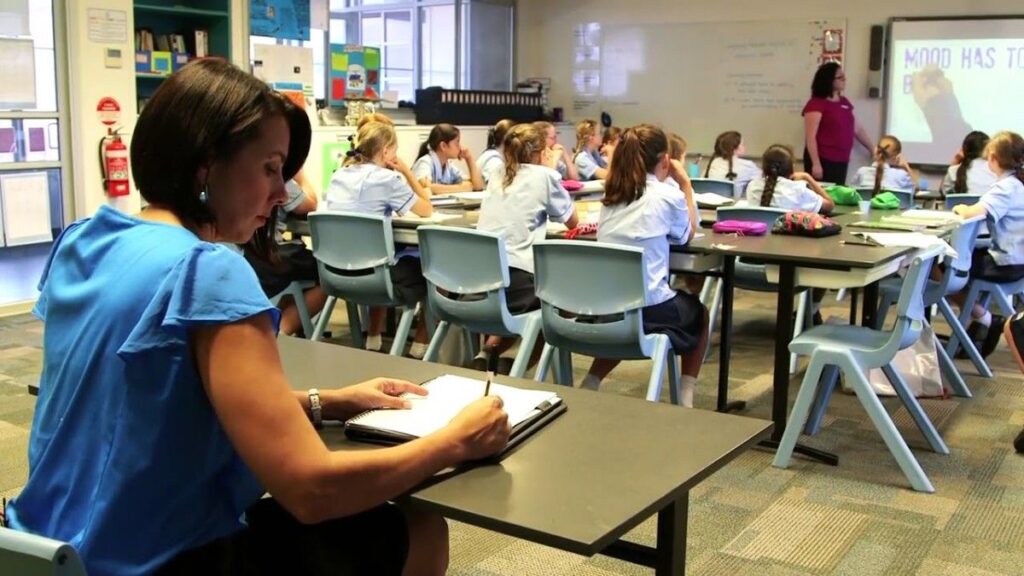
Classroom ObservationCourseworkEducational TechnologyITL526 Single Subject Integrated Design IMathematics InstructionNational University
Fieldwork Observation
Observation of an educator is a...

CourseworkEducational TechnologyInclusive EducationITL526 Single Subject Integrated Design INational UniversitySocial and Emotional Learning (SEL)
Curating and Sharing Resources
As you read TPE 3.4, 3.5,...

Catalyzing Classroom Innovation: Strategies and Resources for Enhanced STEM Teaching
In the ever-evolving landscape of education,...

Classroom ManagementCourseworkEducational TechnologyITL608 Design and Process of TeachingNational UniversityTeacher Training and Development
simSchool Field Experience (Reflection and Meeting Notes)
This assignment is Part Two of...
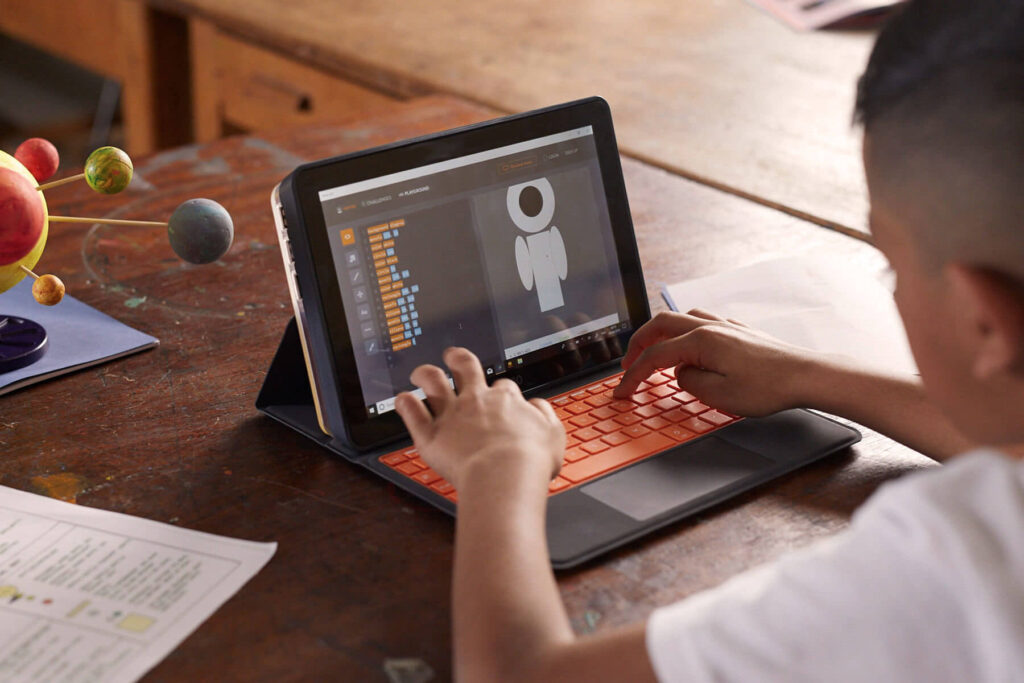
CourseworkEducational TechnologyITL608 Design and Process of TeachingMathematics EducationNational UniversityStudent-Centered Learning
Educational Tools
Before writing our discussion posts, we...
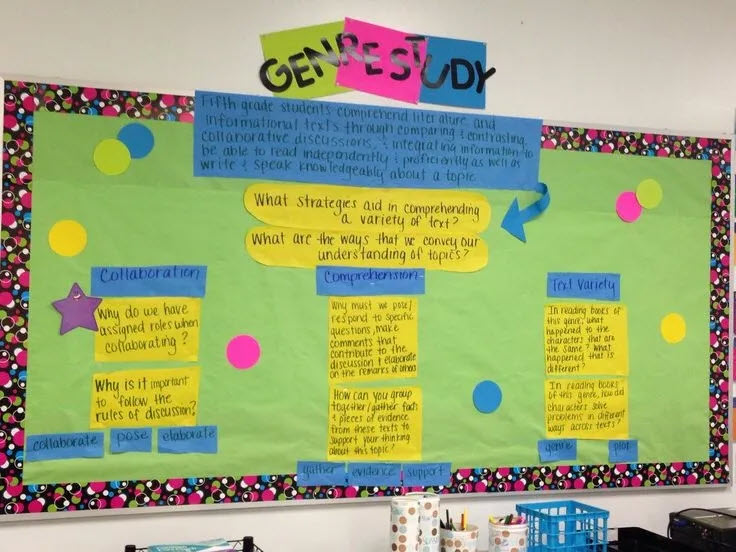
CourseworkEducational TechnologyInstructional DesignITL608 Design and Process of TeachingMathematics EducationNational University
Learning Map Stage One (Part One)
The objective of this first assignment...

